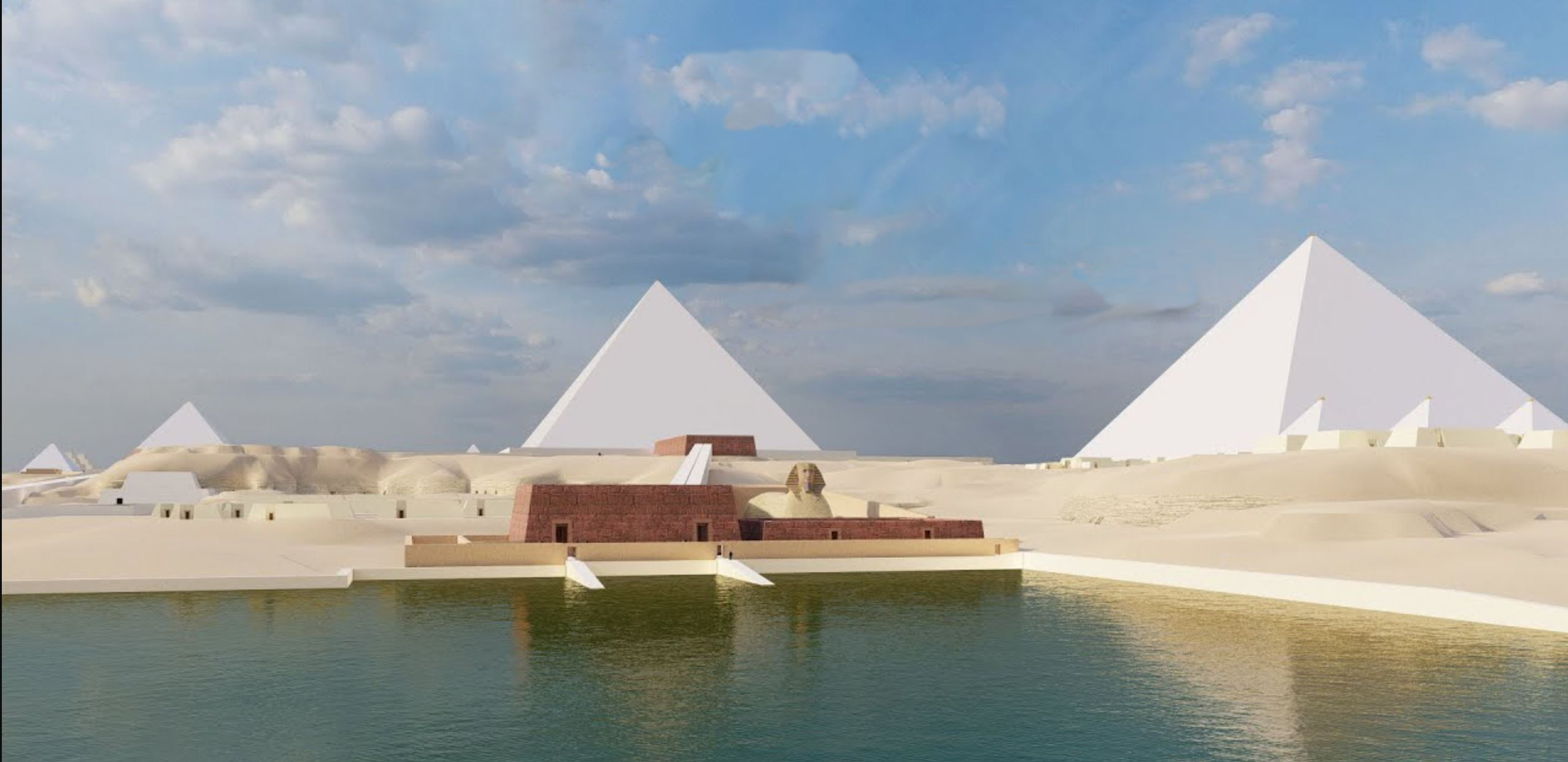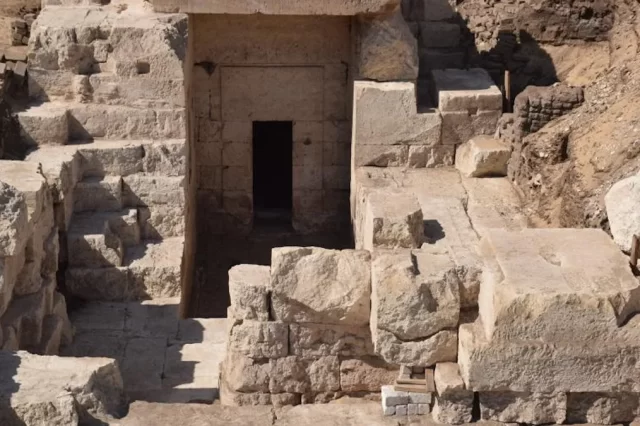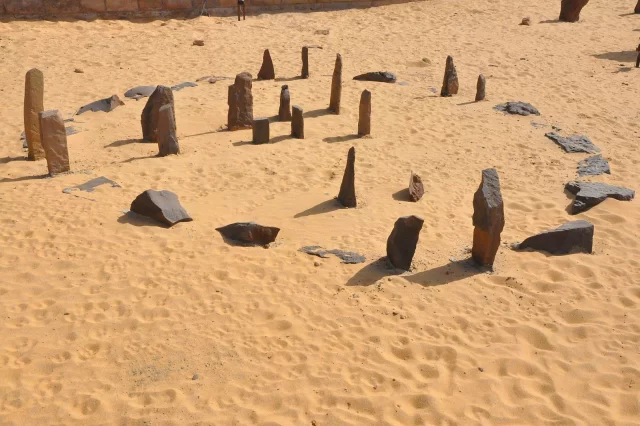This construction material was of great importance in ancient Egypt and was so famous that it was called the "state of stone."
The Ancient Egyptian pyramids are a true wonder of the world. The most famous, of course, is the Great Pyramid of Giza. This fascinating ancient structure is a marvel of ancient engineering and a mystery on its own. Although it is the only wonder of the ancient world, we have so little information about it. It remains a profound enigma as to why no ancient texts from anywhere in Egypt mention the pyramid’s construction process. Despite this absence of written records, which is strange because the ancient Egyptians were excellent record keepers, the pyramids of Egypt attracted tourists and scholars from around the world. They have done so in the past few hundred years and will continue to attract in the next few centuries. This is because if you ask any world traveler which famous monuments made the strongest impression on him, he will most likely reply, “the Pyramids of the Giza plateau.”
The “White Stone” of the Pyramids
During the so-called Cretaceous period, the lands of Egypt were covered by a vast ocean. This is why, in the more recent geological past, Egypt has an abundance of limestone. This construction material was very important in ancient Egypt and was so famous that it was called the “state of stone.” The ancient Egyptians had a unique name for this construction material; they called it the White Stone. The ancient Egyptians took full advantage of this material, especially in construction and statuary. More importantly, as revealed by Mark Lehner, its unique characteristics had a very profound effect on the world of the age of the pyramids.
Saqqara and the white stone
But long before the magnificent pyramids at the Giza plateau were built, the ancient Egyptians used limestone. In fact, it is believed ancient Egyptian builders were first introduced to quarrying and shaping limestone during the construction of some of the oldest stones at the Royal Necropolis of Saqqara. This important site, located not far from “the White Walls,” the capital of a united ancient Egypt, is home to some of the world’s oldest, most sophisticated monumental architecture. White Stone was preferred by builders at Saqqara since it was abundant, easy to work with, and was sedimented in regular, strong layers. White Stone quarries have been found at Saqqara, near Giza, Dahshur, and other sites.
However, the limestone produced at these sites was not of particularly great quality and was therefore used for the inner parts of the walls and cores of the pyramid, archeologists believe. Evidence of the importance of White Stone, or limestone, in the construction of the pyramids is clearly present in the construction of the great pyramid of Giza. This humongous, ancient structure consists of 2.3 million blocks of stone, and 5.5 million tons of the structure are made of white stone. Take into consideration that the total estimated weight of the Great Pyramid of Giza has been estimated at around 6 million tons. The best quality limestone for the Great Pyramid of Giza is believed to have come from Tura across the Nile. This white stone was used for the casing of the Great Pyramid, and it is believed to have given the pyramid a unique design. In fact, some writers even suggest that the highly polished limestone casing stones were so bright they made the pyramid shine like a star as the sun’s rays reflected off its surface.
What the “White Pyramids” may have looked like
Have something to add? Visit Curiosmos on Facebook. Join the discussion in our mobile Telegram group. Also, follow us on Google News.





